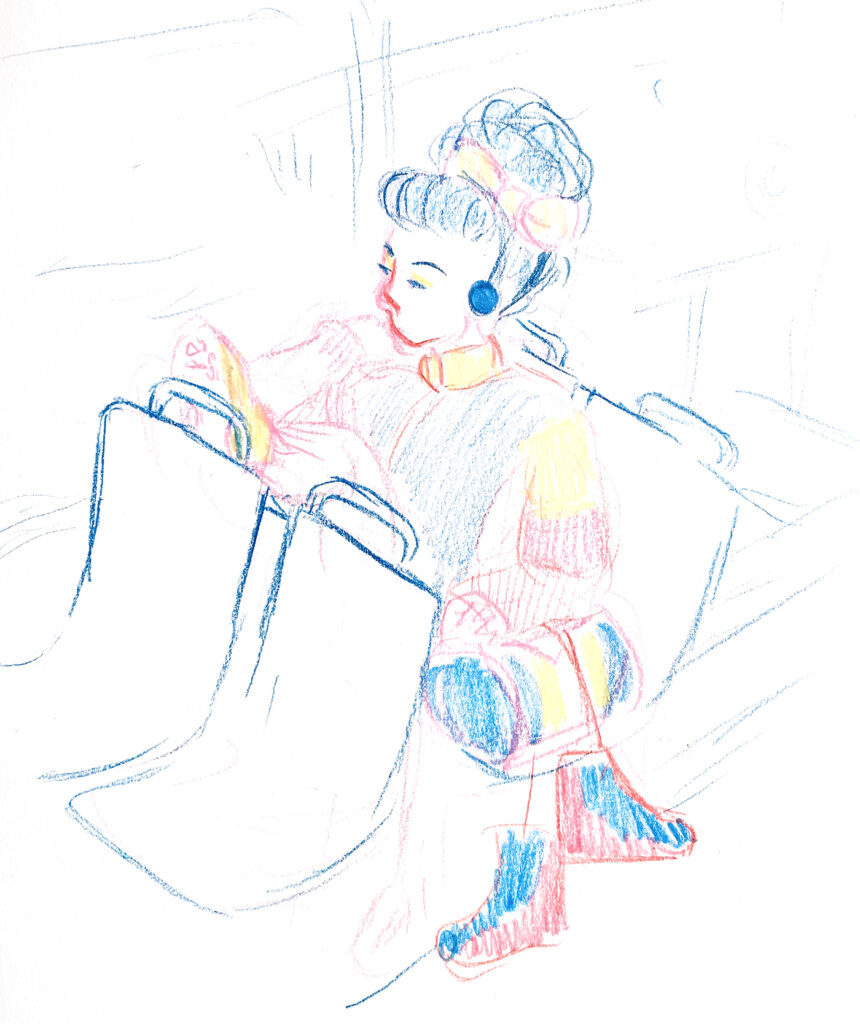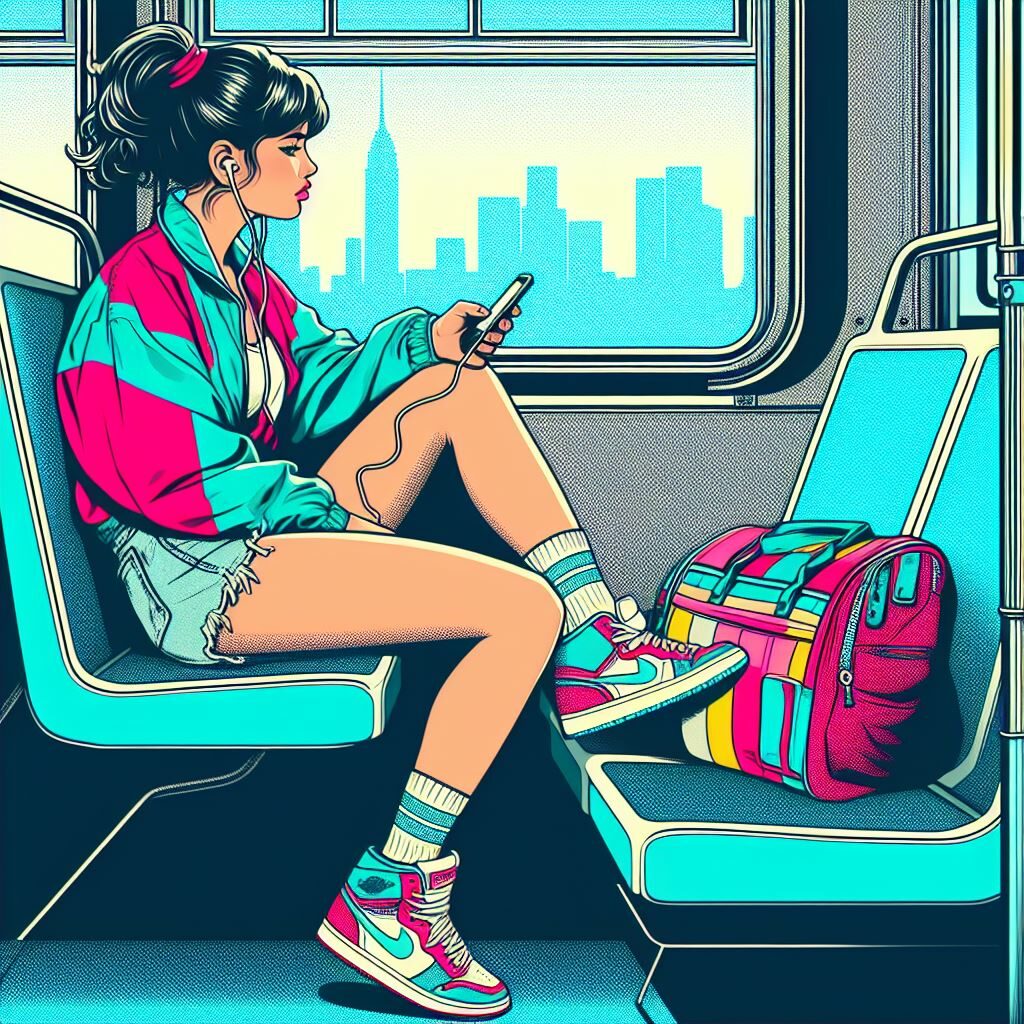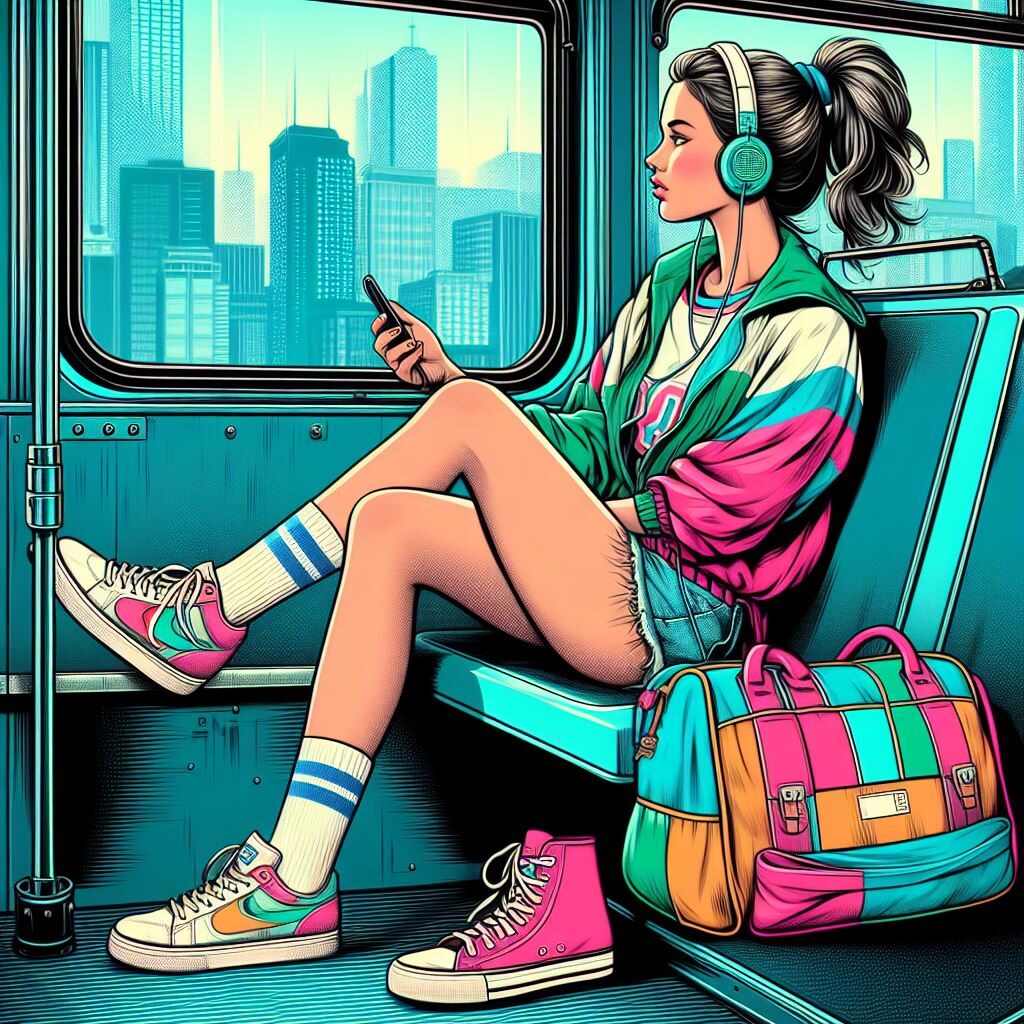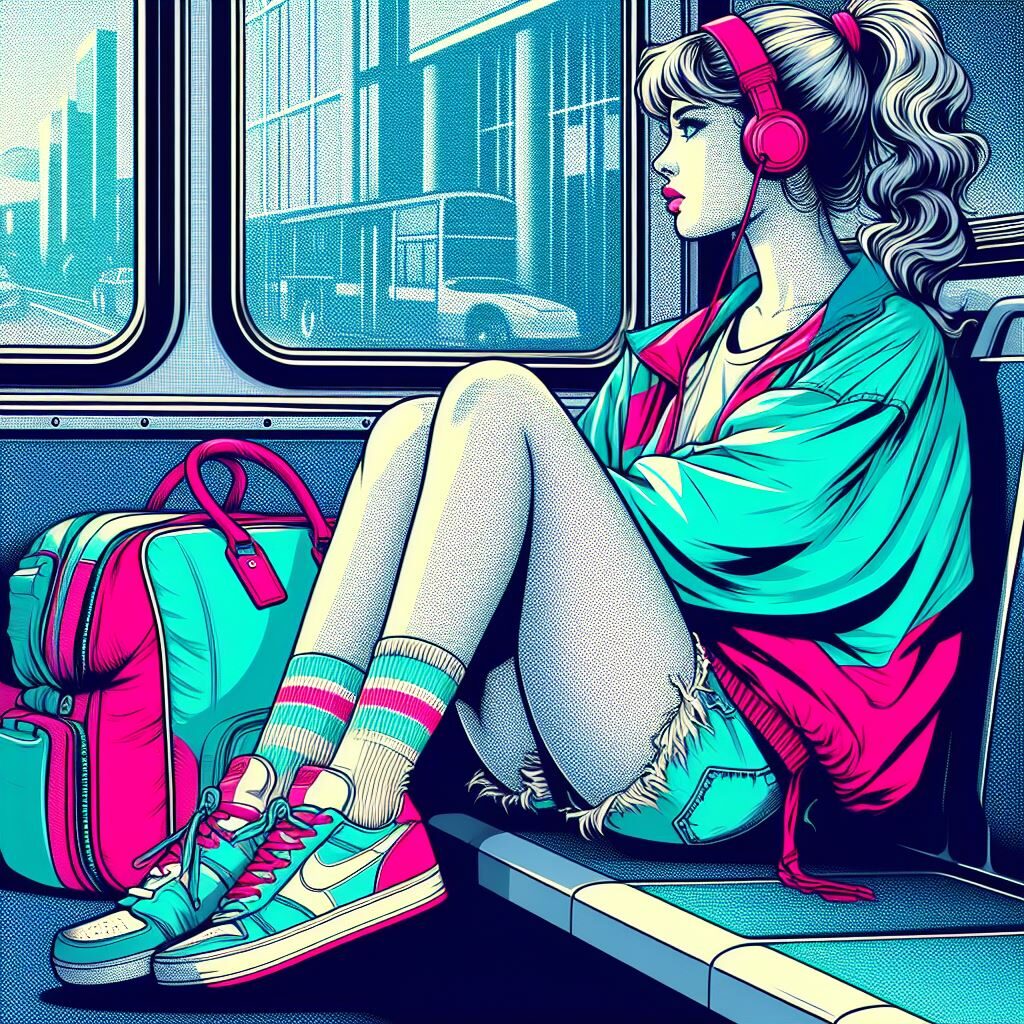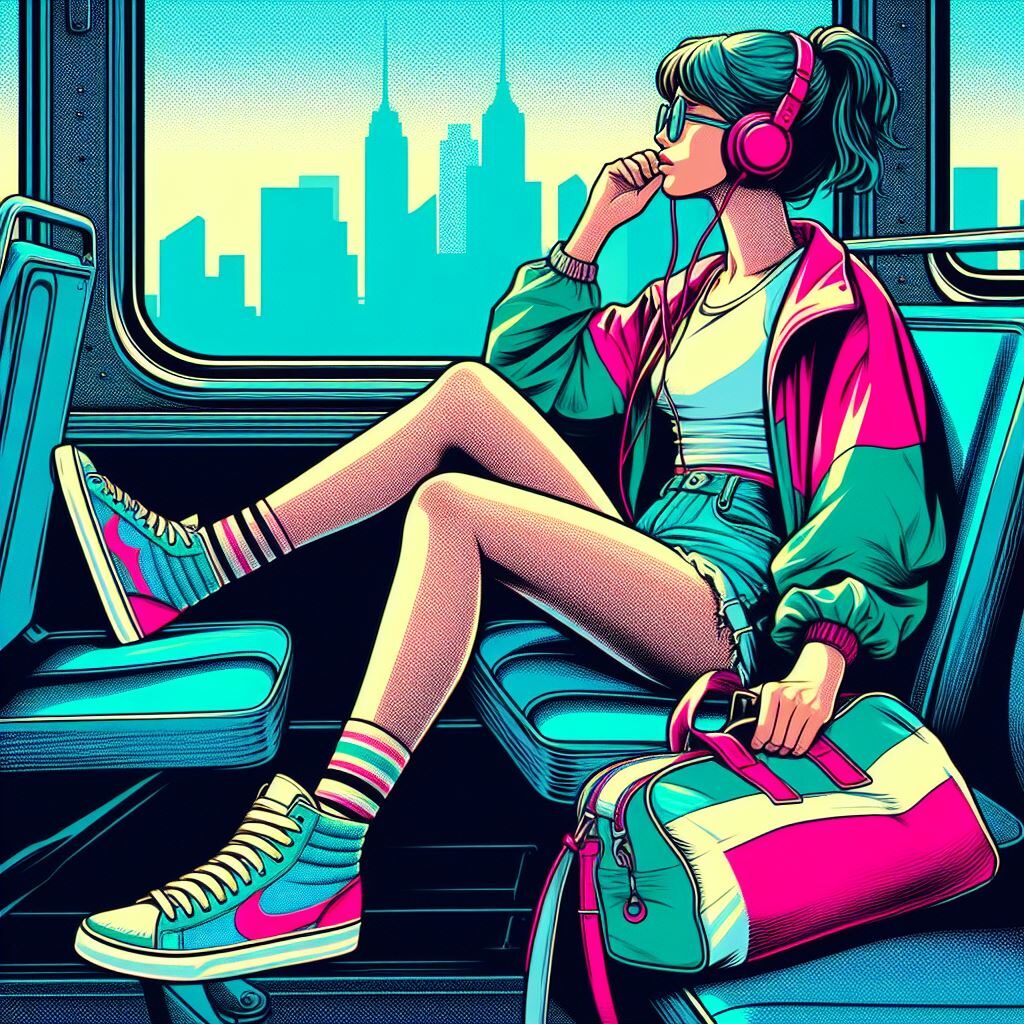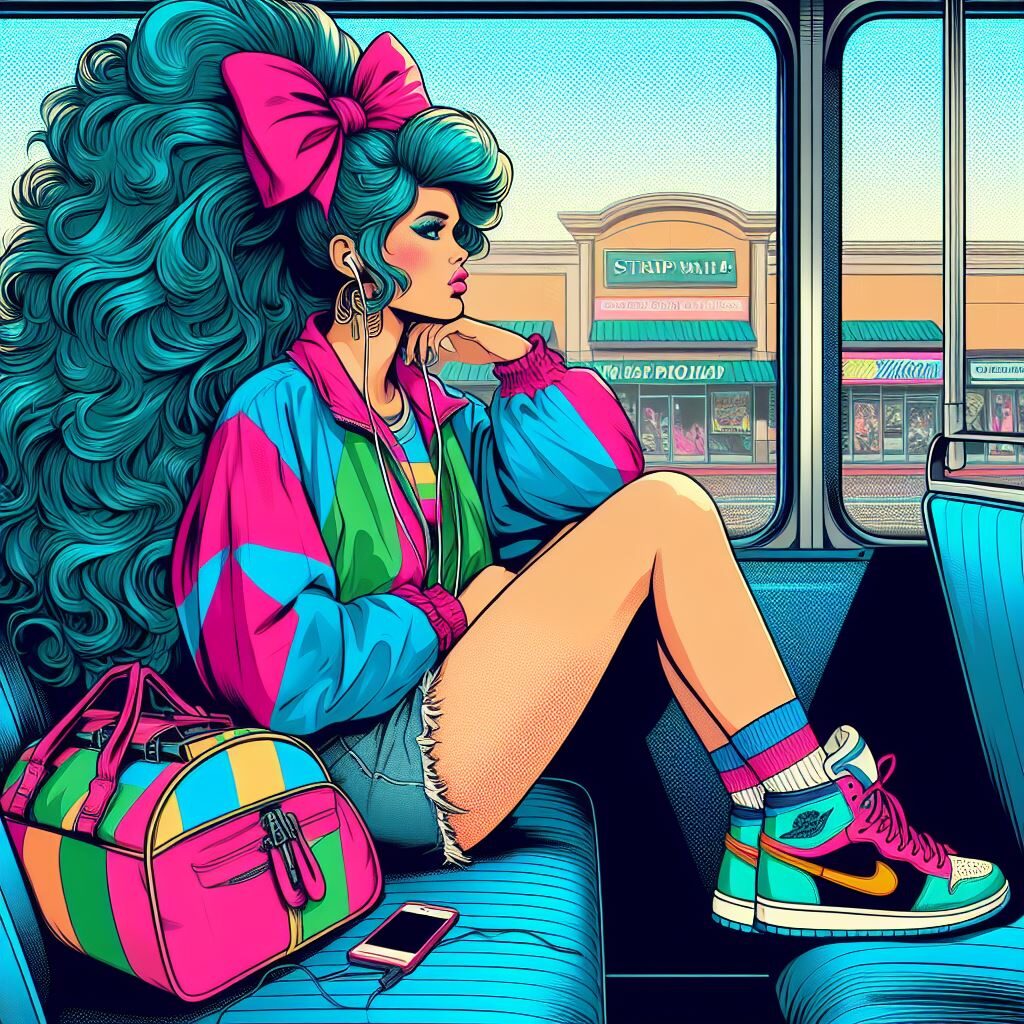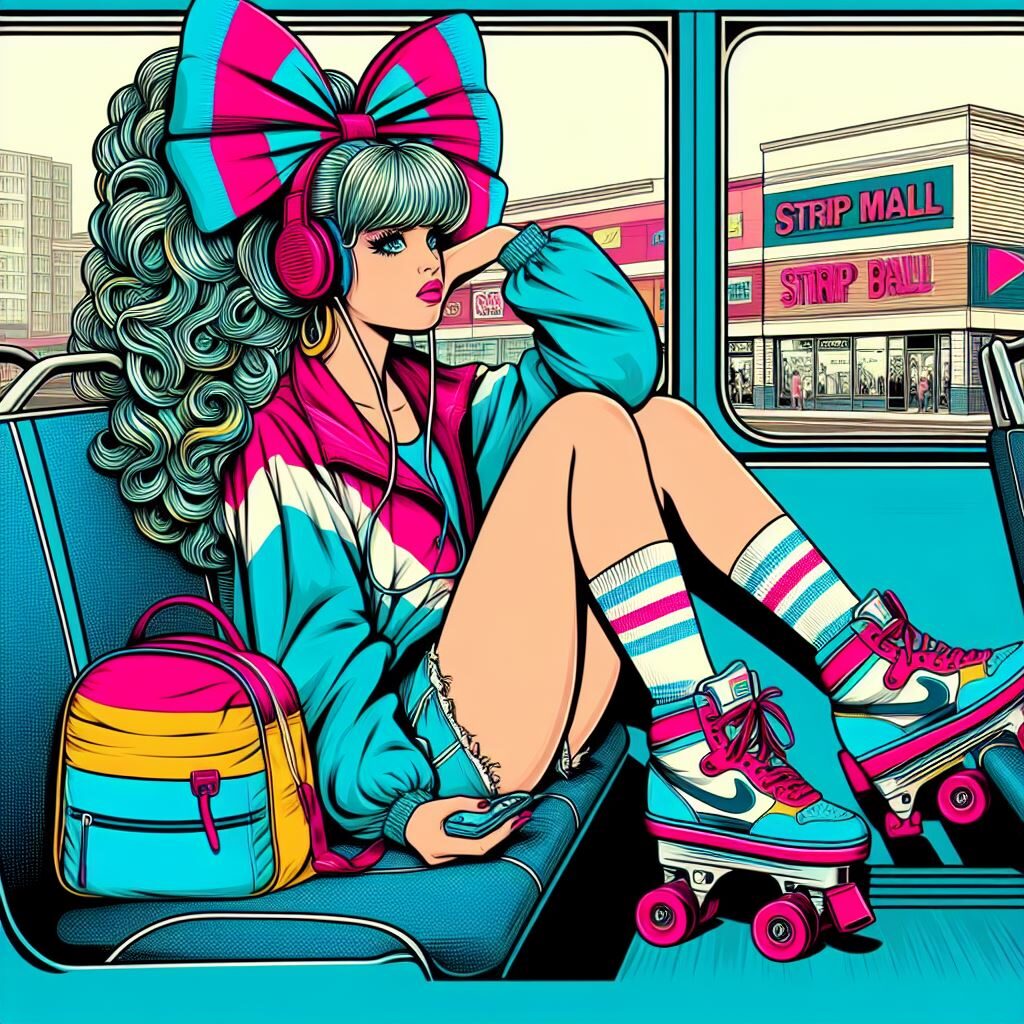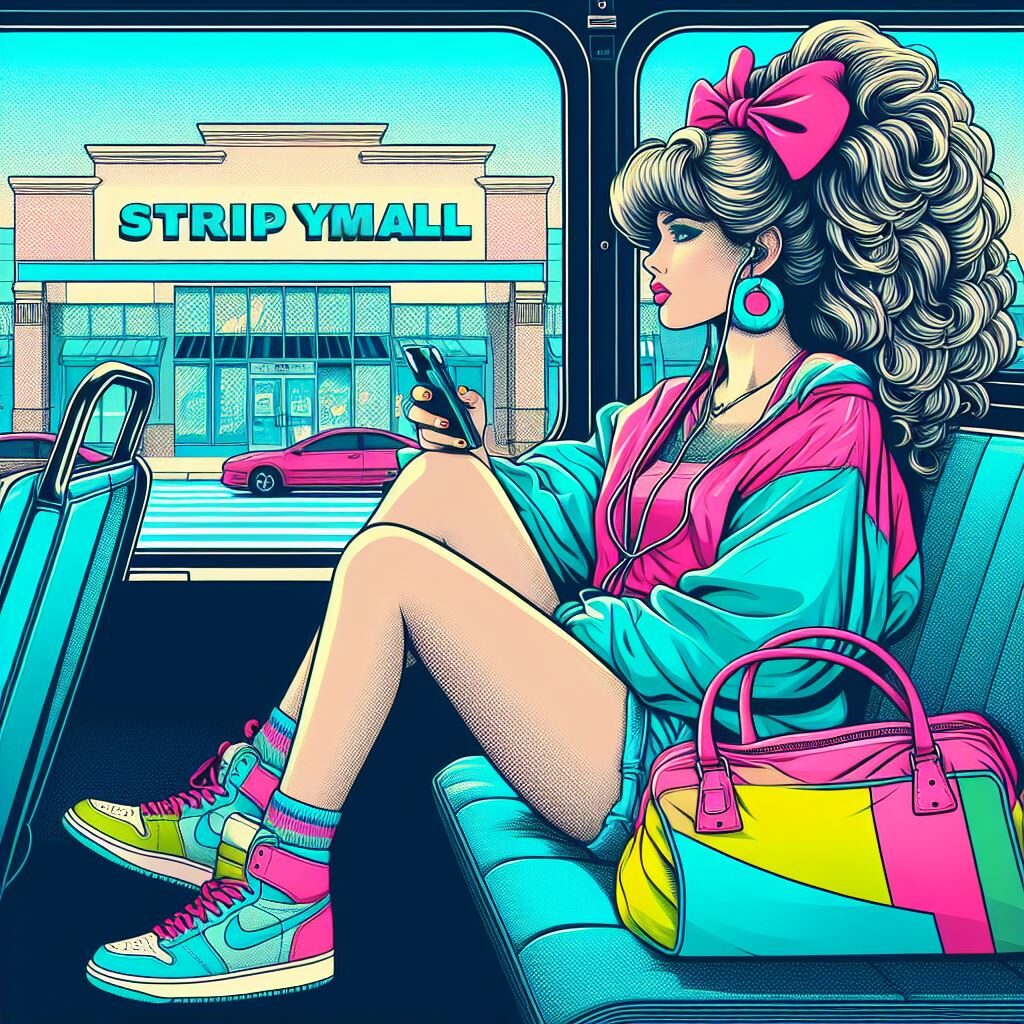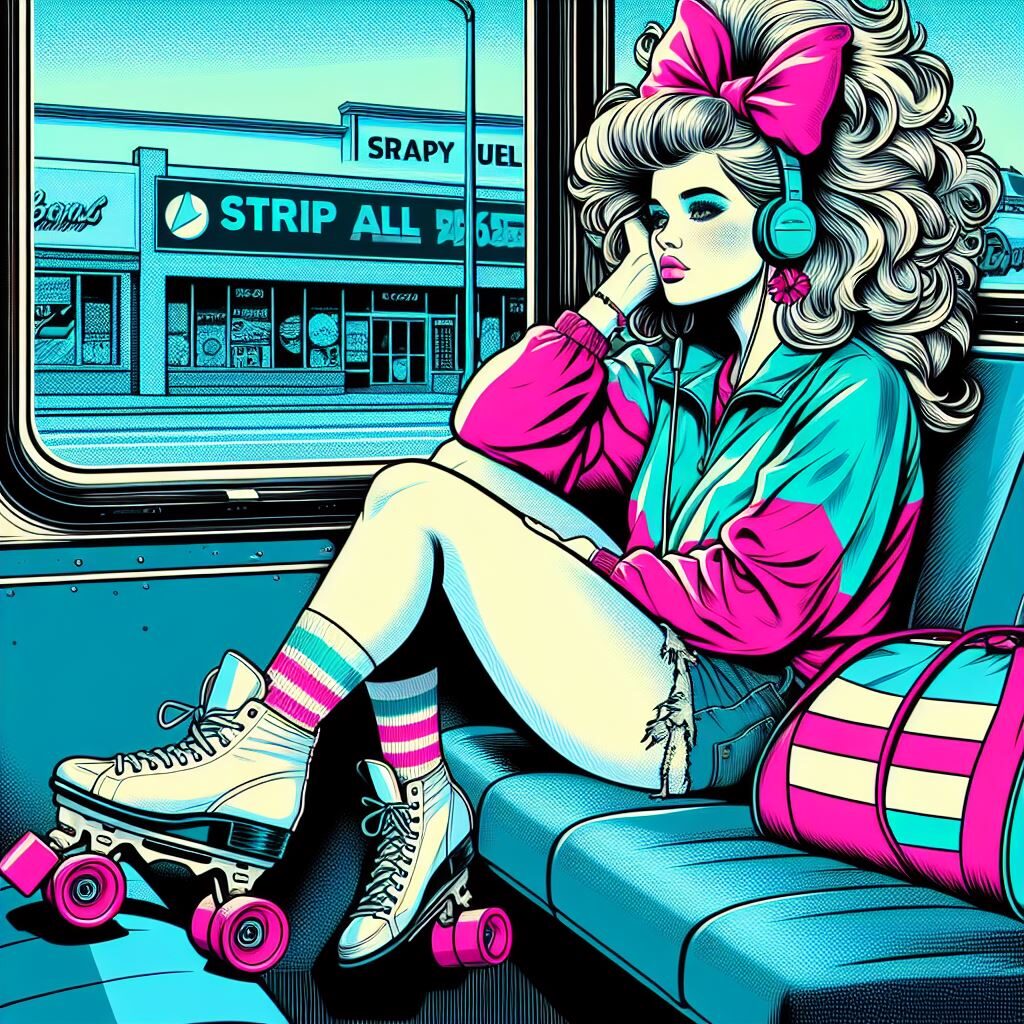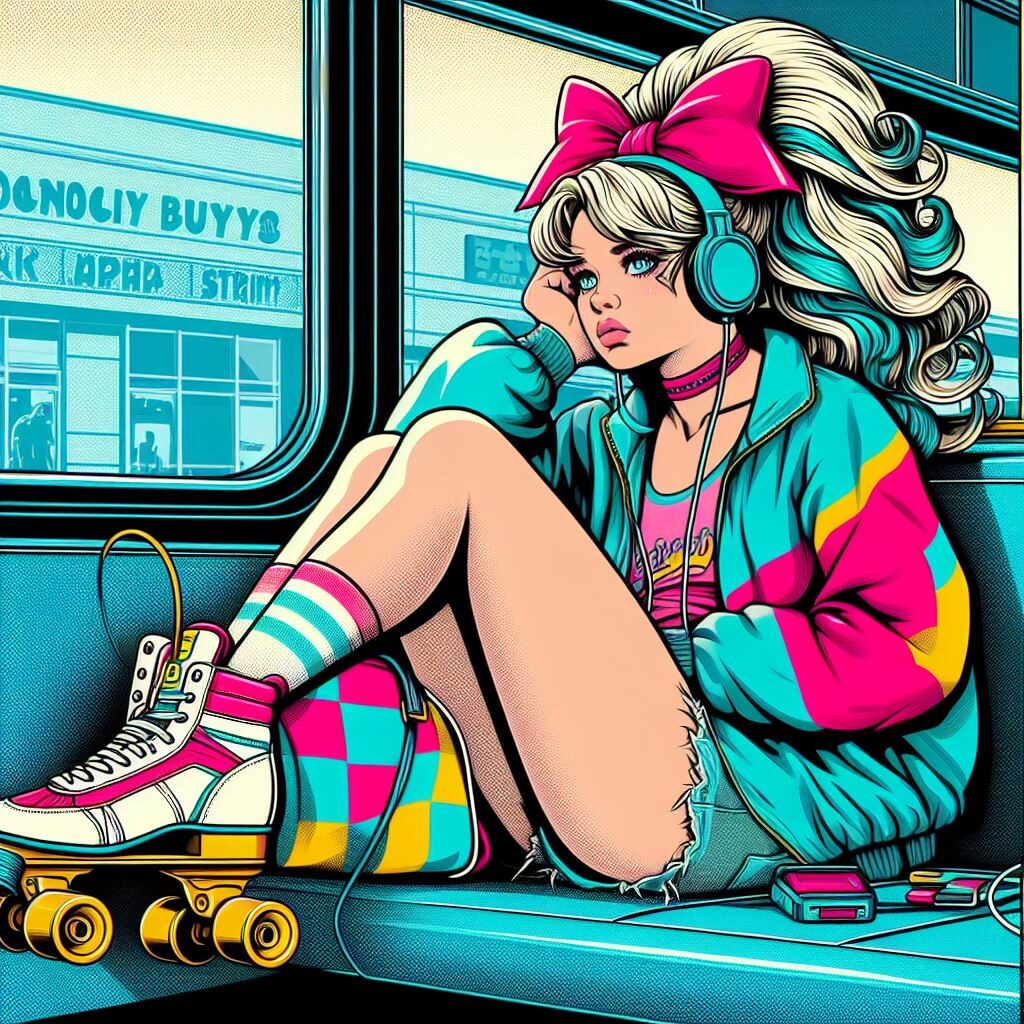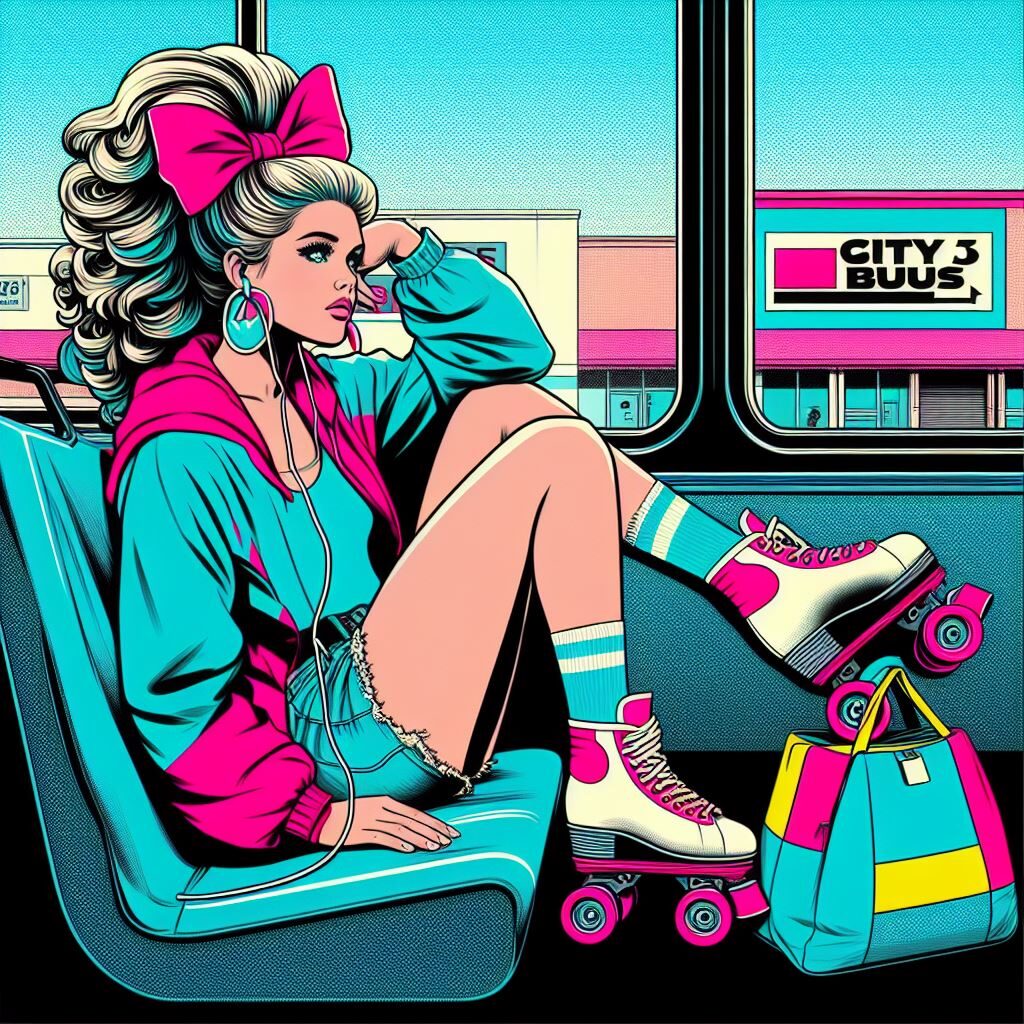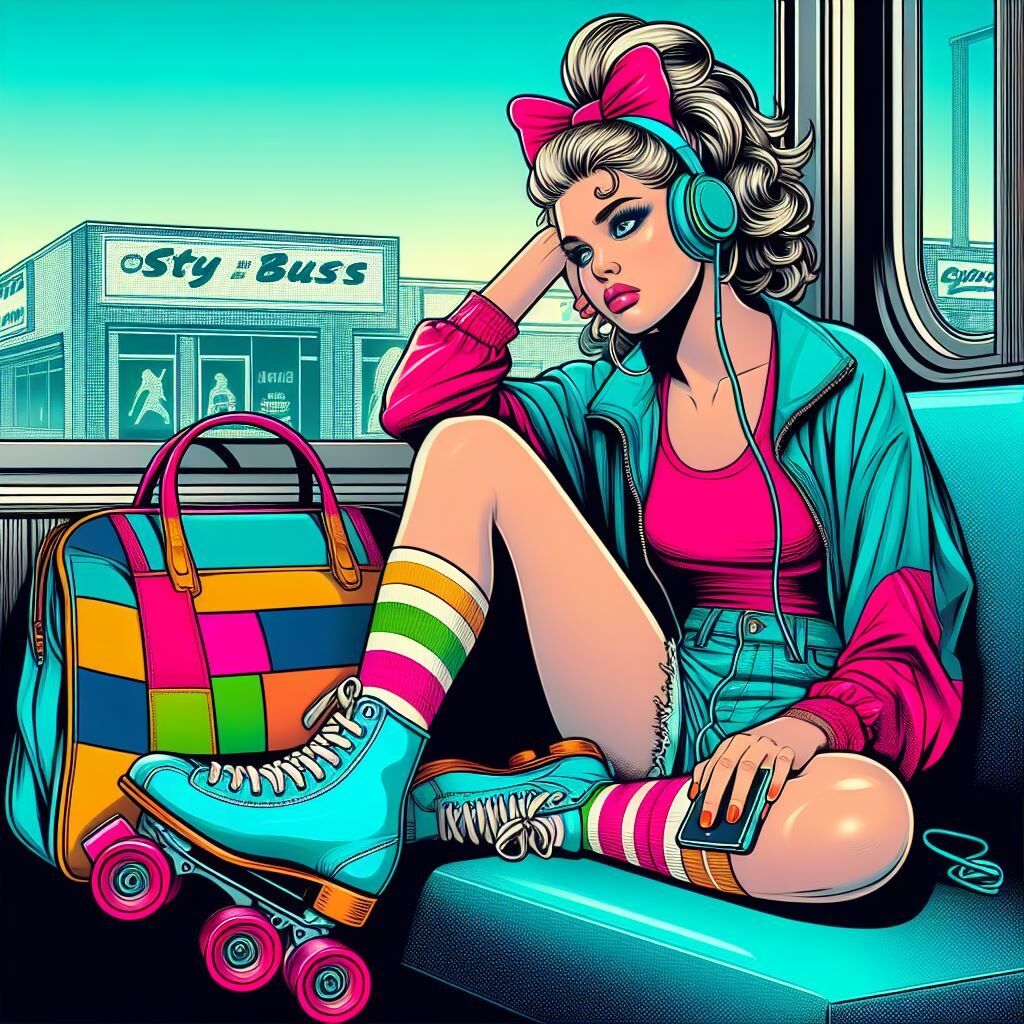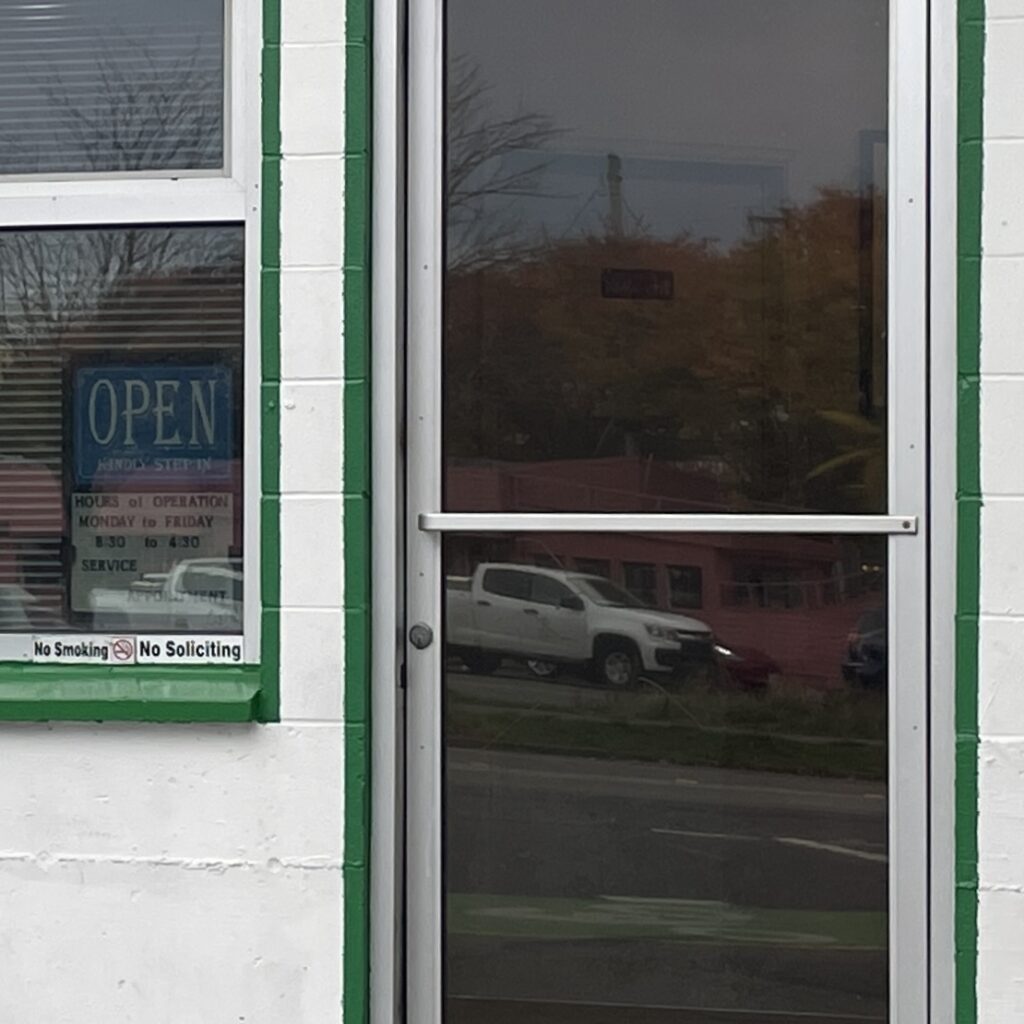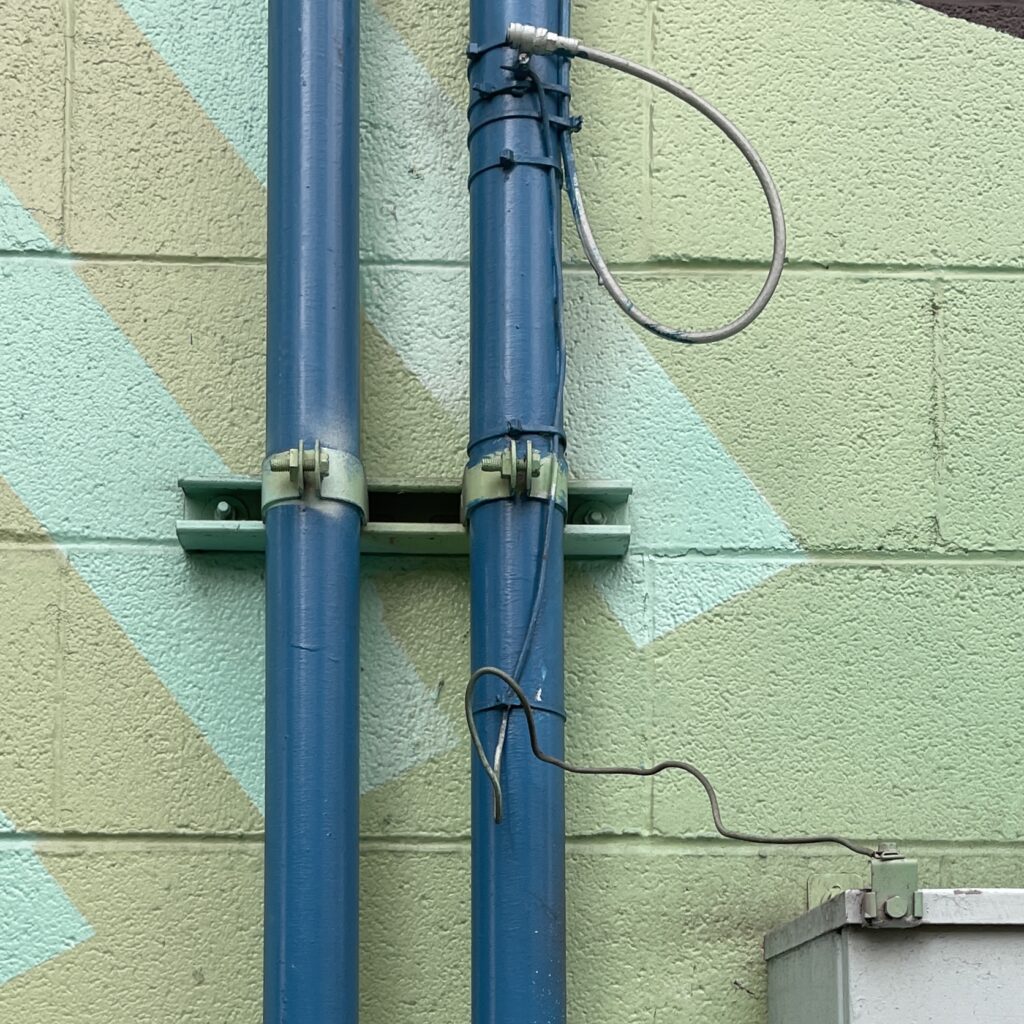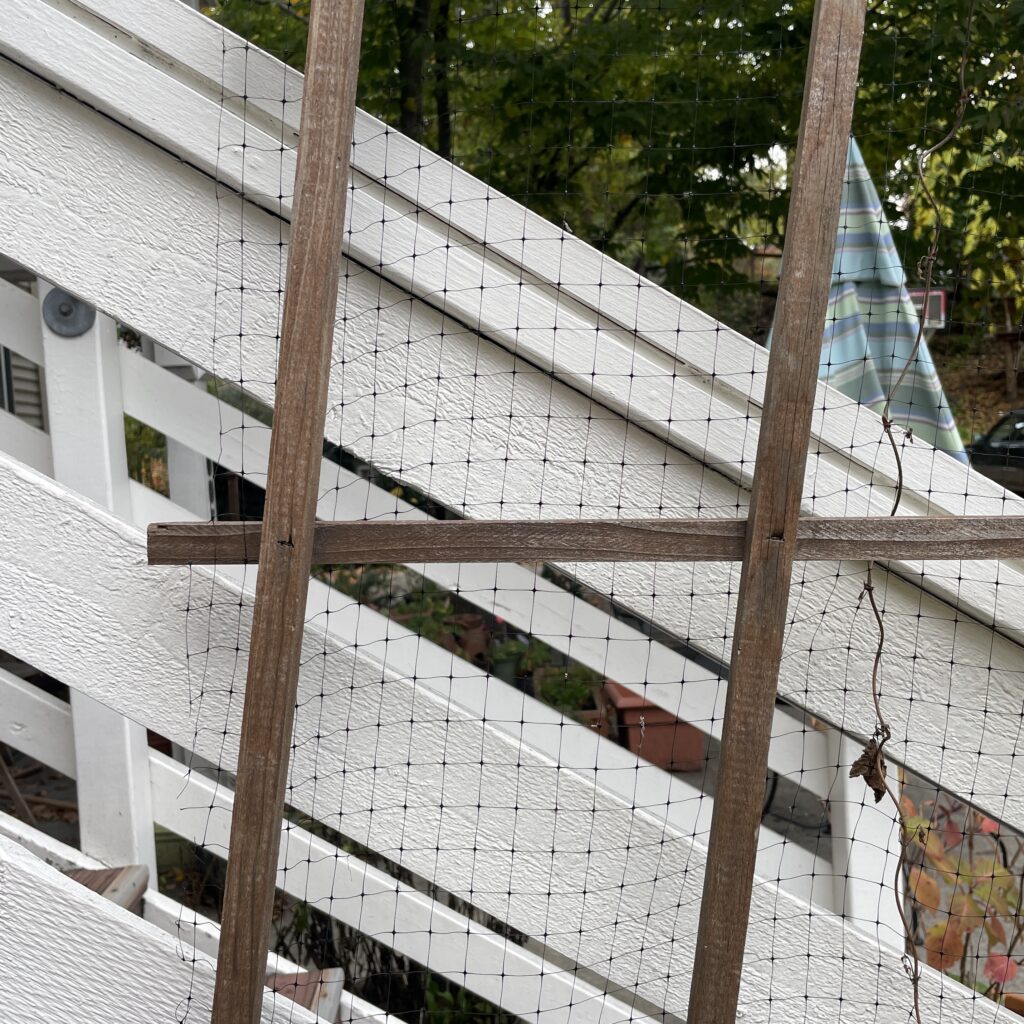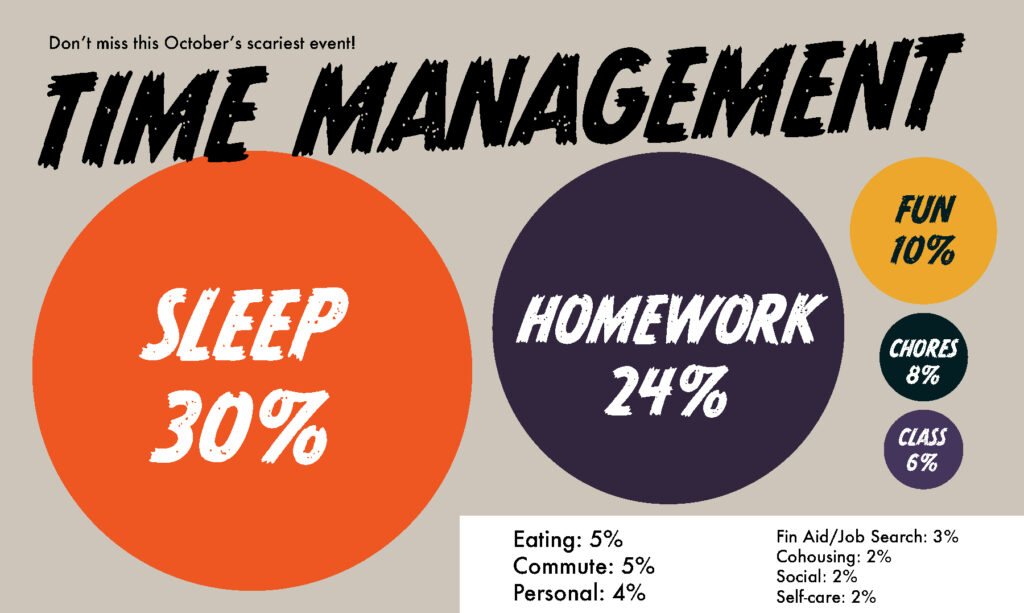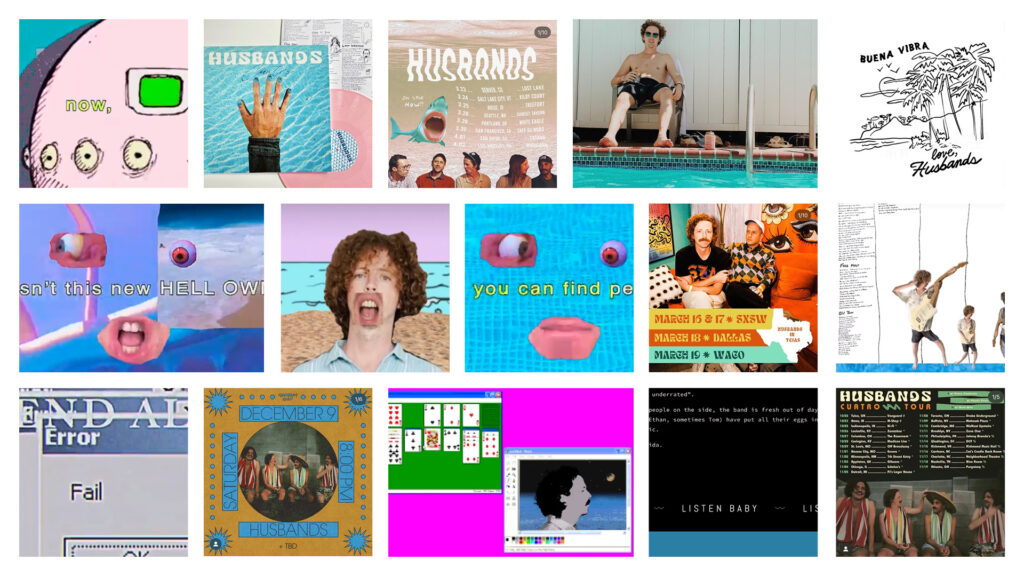I’m pitching some equipment today: a riso duplicator!
I picked this piece of equipment to research initially because I sell some zines that are printed on riso (by Paper Press Punch in Georgetown), so I wanted to take this opportunity to better understand the production process and equipment. In the process of researching these machines, though, I’ve come to believe that a risograph duplicator would actually be an amazing addition to the production studio at SCCA for their beauty, efficiency, and technical edge. The big caveat is the price–but more on that later.
Riso is a brand of duplicator designed for high volume, limited color, short run printing by the Riso Kagaku Corporation. Riso machines use soy-based ink and uncoated paper to produce vibrant prints very quickly. The machine prints by burning tiny holes in a thin master sheet, then pushing ink through those holes onto the paper used for printing. Riso come in one and two-drum models, with the number of drums corresponding to the number of colors the machine can print in one run. Prints with additional colors require running the same piece of paper through the machine more than once.
The production process is more complex than a laser printer, but less technical than traditional offset printing–and the resulting prints are beautiful and vividly colorful. The layering of spot color and slight variation in registration also give riso prints a certain retro aesthetic, which I think is part of why they are so popular with zinemakers and artists right now. It’s definitely why I’ve chosen to have the zines I sell printed by Paper Press Punch. Here’s a quote from a video I watched (linked below) that describes the joy of printing with riso:
As a design major, almost everything we do ends up being a laser print… you design something on a computer and it looks one way when it’s on a backlit screen, but then once it comes out [of the laser printer] it’s just dull. But with riso, it’s literally the opposite experience where you’ll design something and it comes out and it’s, like, bright and punchy and saturated and really unique.
In addition to the look of riso prints, I believe a riso machine would have value for my education and that of future students because of the opportunity it would afford for production experience with an ink printer. When I worked at Pride Foundation, I was the contact for our print vendor, Girlie Press. The experience of working with them to submit our design files, keep our printed materials on brand, and eventually design for the organization with their specifications in mind gave me a tiny glimpse into the world of offset printing. I don’t think I would have considered production as a career path before that, but once I started to learn how technical and physical as well as artistic that work is, I was fascinated. Riso is not the same as offset printing, but based on what I’ve heard from local riso shops and from a very excellent video out of the School of Visual Arts in New York’s RISO Lab, I think a risograph duplicator would give students like me to get hands-on experience with some of the key skills involved, setting up files, to working with spot color, to registration.
Riso Kagaku makes many different models. Their M line of 2-color printers seems to be the most popular, but their S line is (presumably) less expensive and can still print multiple colors if you have the drums and the time. Additional materials required are ink, master sheets, and drums. The Riso Kagagu website does not publicly list prices, but I did reach out to them and will plan on updating this post (or the SCCA faculty) when I hear more. Friends have also recommended keeping an eye out for used or refurbished machines. Hallagans (based in Chicago) sells refurbished risographs and also sells other supplies necessary for printing. Local print shops like Paper Press Punch might also have leads on where to look for equipment closer to Seattle. Used machines online range from $1500 to upwards of $5000, depending on the model and condition.
All in all, I had a great time researching riso. This is likely not something I’ll ever be able to buy for myself, due to space as well as price, but I would love to learn how to use one and to have access to a machine for projects. I believe a riso is something I and future students at SCCA (in both Graphic Design and Visual Media) would enjoy using! For further learning, I’ve included a few links to resources and local riso artists below.
Links
RISO Lab: School of Visual Arts, NYC (video, 10 min) – great video on a dedicated riso lab in a school setting, featuring interviews with faculty and students about why riso is such a great fit for the school environment
All About Riso (video, 13 min) – gets into how the machines work and why
Paper Press Punch – they print, teach classes, and run a Zine of the Month Club that I think SCCA students would really enjoy!
Risograph Printing by Push/Pull Seattle – super cool art shop in Ballard with riso printing
Anemone – zine resources, software, and collabs
Bear Bear – not local (they are based in Wisconsin), but their work is gorgeous (look at this one!)
